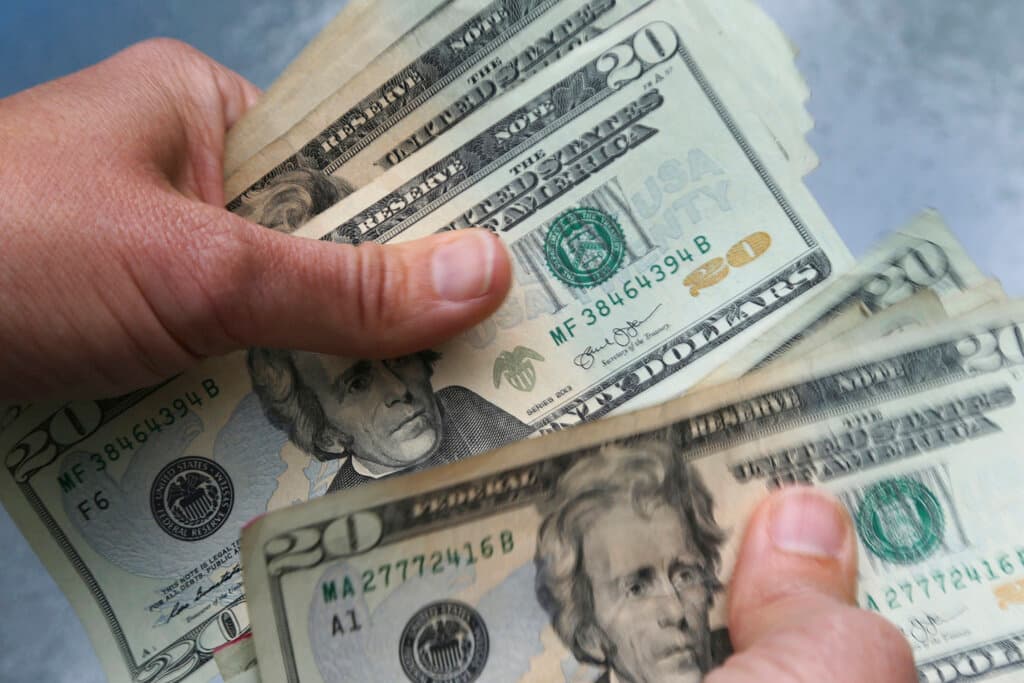FTX and the Age of Fiat Money
In which we see the collapse of FTX’s token as a symptom of America’s abandonment in its own currency of the principles of sound money.

The best story so far on the collapse of FTX, at least in our view, is A.R. Hoffman’s dispatch in the Sun that marks the drama as a feature of our national experiment in fiat money. After all, if America had a sound currency, one anchored in the classical monetary specie of gold or silver, we wouldn’t have so many young geniuses out there hawking crypto coins and tokens as units of account and mediums of exchange.
What makes the point so devastating right now is that while the collapse in the value of FTX tokens, known as FTT, is breathtaking, it is no more breathtaking than the collapse over the past 50 years in the value of our own government’s Federal Reserve Notes. The collapse in the value of the dollar might have been more gradual, but since 1971 the greenback has shed 98 percent of its value, as has FTX’s token in the recent debacle.
Which is worse? Save for its suddenness, the impact of the collapse in recent days in value of FTT is no more devastating to holders of it than the collapse in the past two generations in the value of the dollar has been on those who have held their wealth in dollars. And to some degree it’s worse. There is some legal accountability in respect of FTX, in that civil litigation and even criminal prosecutions are at least being mooted.
What recourse is there, though, for holders of Federal Reserve scrip? We have heard at least some of the crypto currencies defended as mimicking gold. Such crypto currencies are not infinite, after all, in that they have to be “mined,” often at a great cost in electricity. That’s in contradistinction to fiat dollars that, since the 1970s, can somehow simply be called up by the Fed from the ether of pixels.
No less a sage on constitutional money than Edwin Vieira Jr., author of the magisterial “Pieces of Eight,” remarks to our Mr. Hoffman that at least greenbacks are, in theory, backed by the ability of Congress to raise taxes. Then again also, too, extracting more taxes from the already staggeringly overtaxed Americans — our forgotten men and and women — may yet prove harder than mining for crypto.
All this, in any event, is, by our lights, a marker of the failure of our great experiment with truly fiat money. It was begun after America’s default on its obligations under the Bretton Woods gold exchange standard. Under it our government had undertaken by treaty to redeem at a 35th of an ounce of gold dollars presented to it by foreign governments. Today, the dollar can fetch barely a 1,775th of an ounce of gold.
If there is good news here it lies in the accession of the Republicans to the leadership of the House. We were delighted to read in the Wall Street Journal this morning the piece by Paul Ryan, the former speaker, plumping for a new plan to avoid “a debt and currency crisis.” No mention of a gold standard, but it is a conversation starter ahead of the fight over the debt ceiling, set to begin in the lame duck session.
We will always appreciate Mr. Ryan for sending to the Senate — in during his first weeks as Speaker — an omnibus monetary reform bill that included a version of Congressman Ron Paul’s bill for a true and ongoing congressional audit of the Fed and the establishment of a proper commission to begin the work of monetary reform and salvaging the dollar. That measure died in the Senate Banking Committee.
No doubt a monetary reform measure is going to be hard to extract from the 118th House and impossible from the 118th Senate. That doesn’t mean, though, that the campaign can’t be begun in the new Congress, which, as we often note, has between 99 percent and 101 percent of the monetary powers granted in the Constitution to our government. No reason to abandon our monetary system to the Sam Bankman-Frieds of the world.

